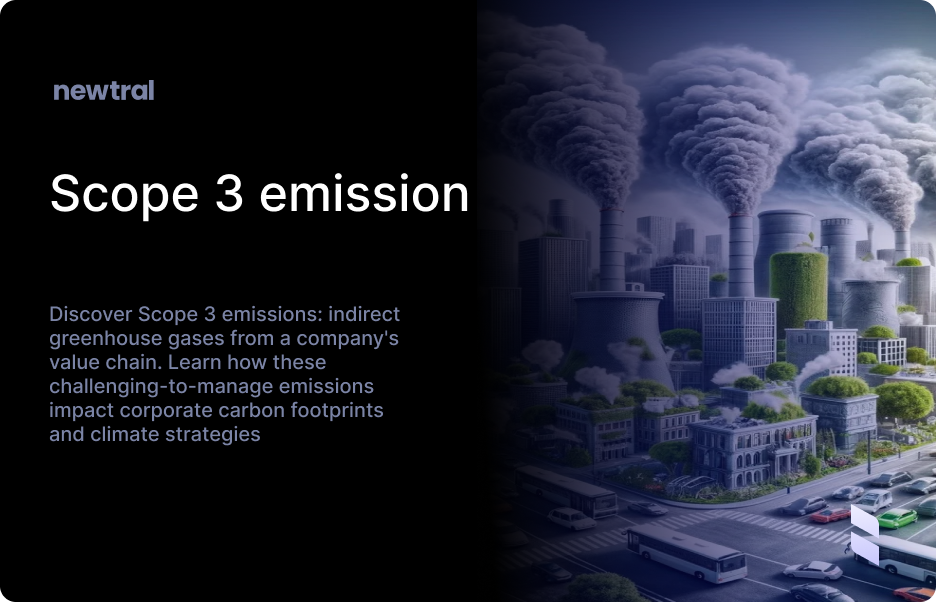Broad Impact and Responsibility
1.Scope 3 emissions often account for over 70% of a company's total carbon footprint.
2.They extend beyond a company's direct control, encompassing emissions from suppliers, customers, and even competitors using the same resources.
3.Understanding Scope 3 means recognizing that a company's climate impact—and responsibility—extends far beyond its own operations.
Complexity in Measurement and Reduction
1.Measuring Scope 3 emissions is complex due to the vast, interconnected nature of global supply chains.
2.Reducing these emissions requires collaboration with suppliers, changes in product design, and influencing customer behavior.
3.Despite challenges, addressing Scope 3 is crucial for meaningful corporate climate action and can drive industry-wide changes.
Business and Reputational Risk
1.Investors, customers, and regulators are increasingly scrutinizing Scope 3 emissions.
2.High Scope 3 emissions can pose risks: supply chain disruptions, changing regulations, consumer boycotts.
3.Companies that manage Scope 3 well can gain competitive advantages, enhance brand reputation, and future-proof their business.

.png)

.png)
%20png%20(1).png)